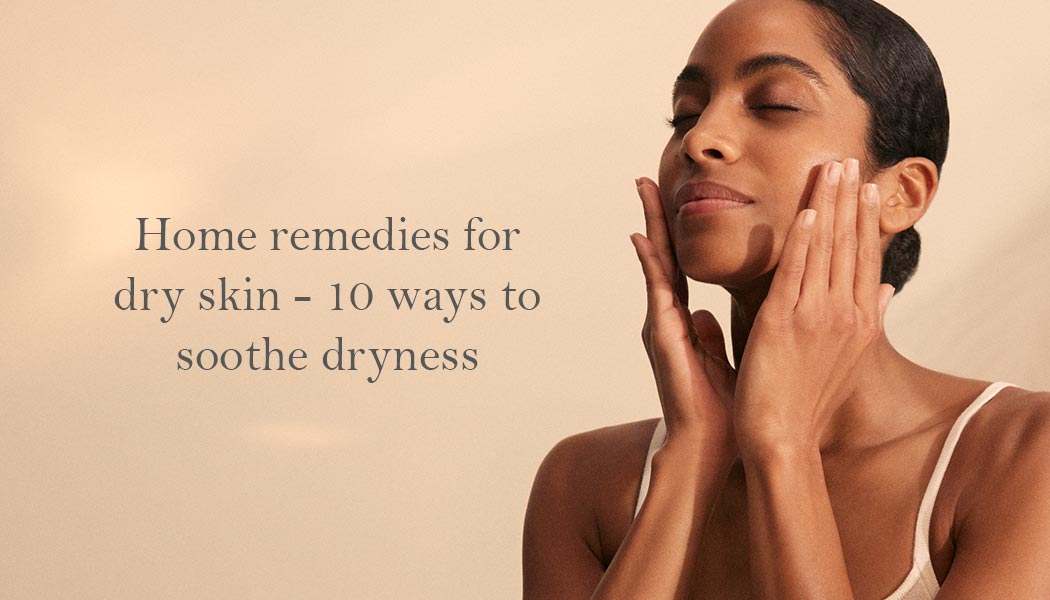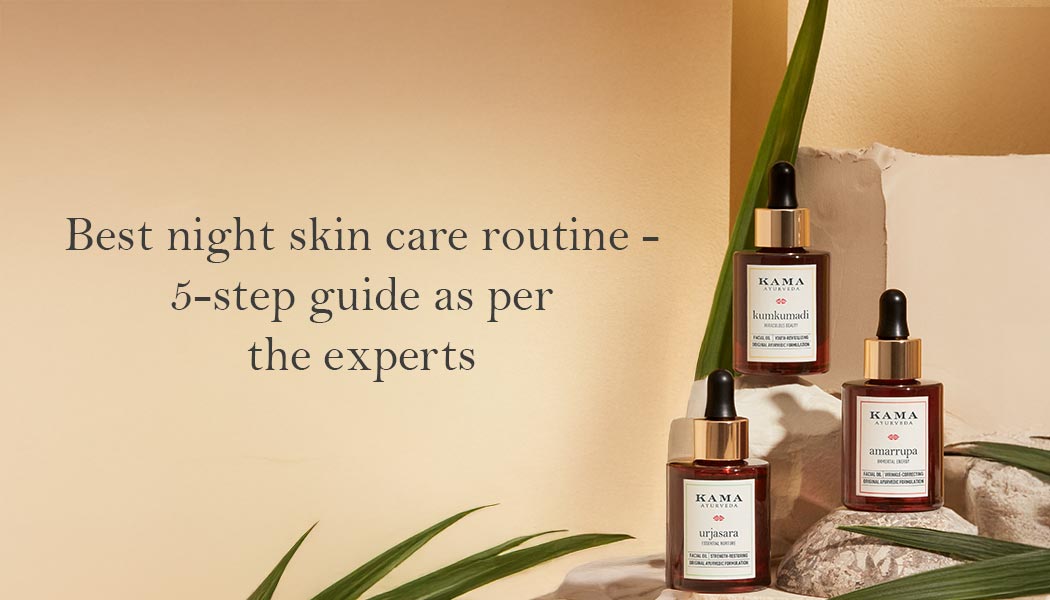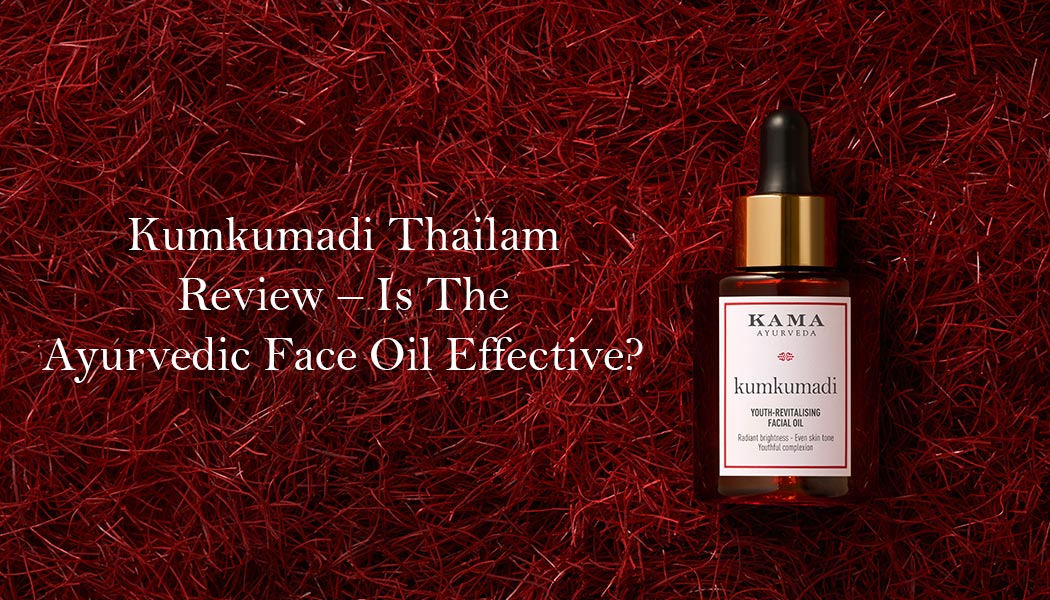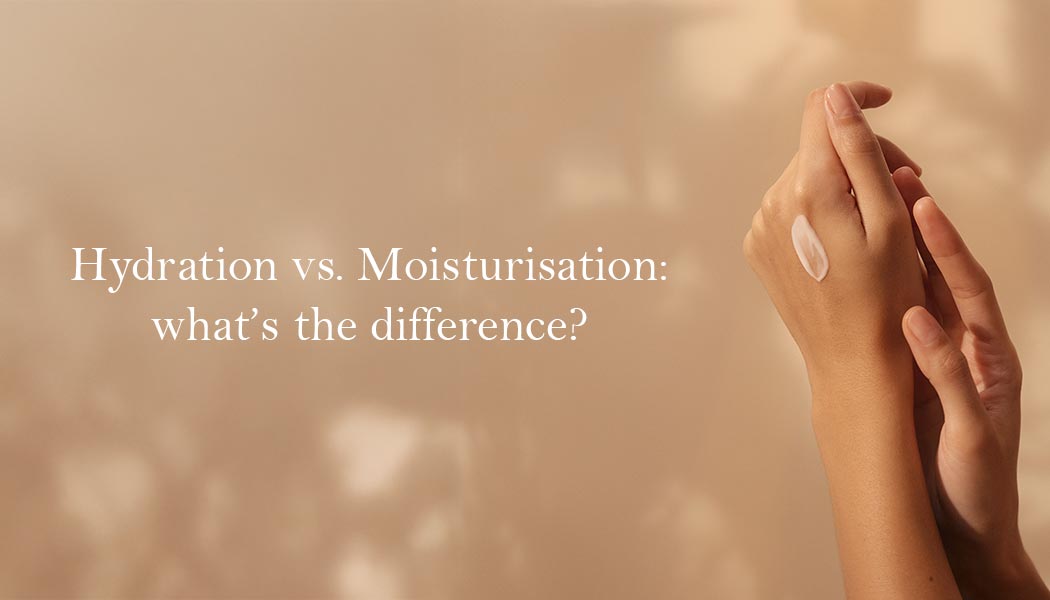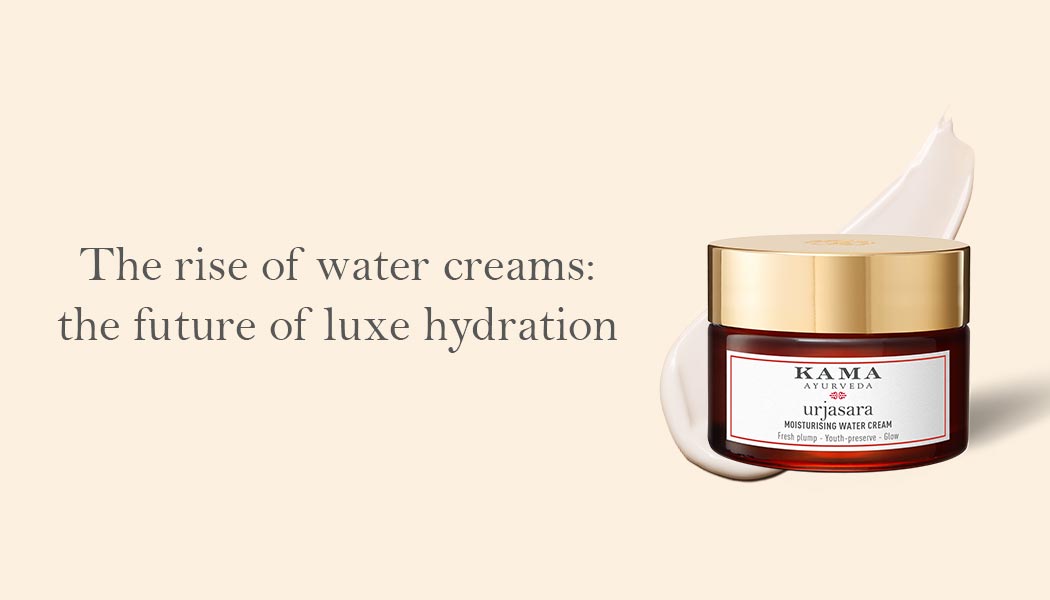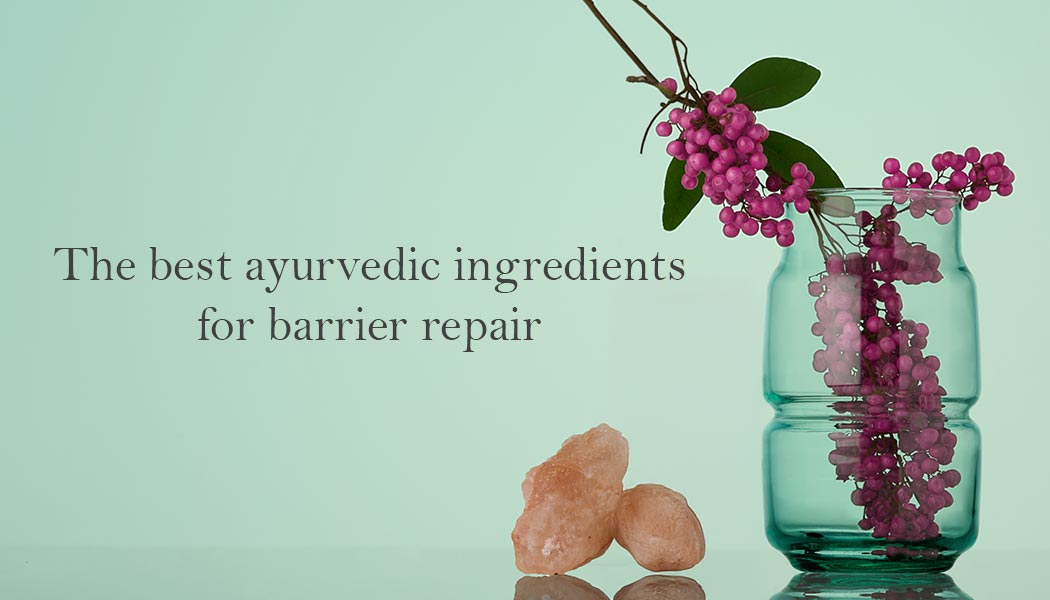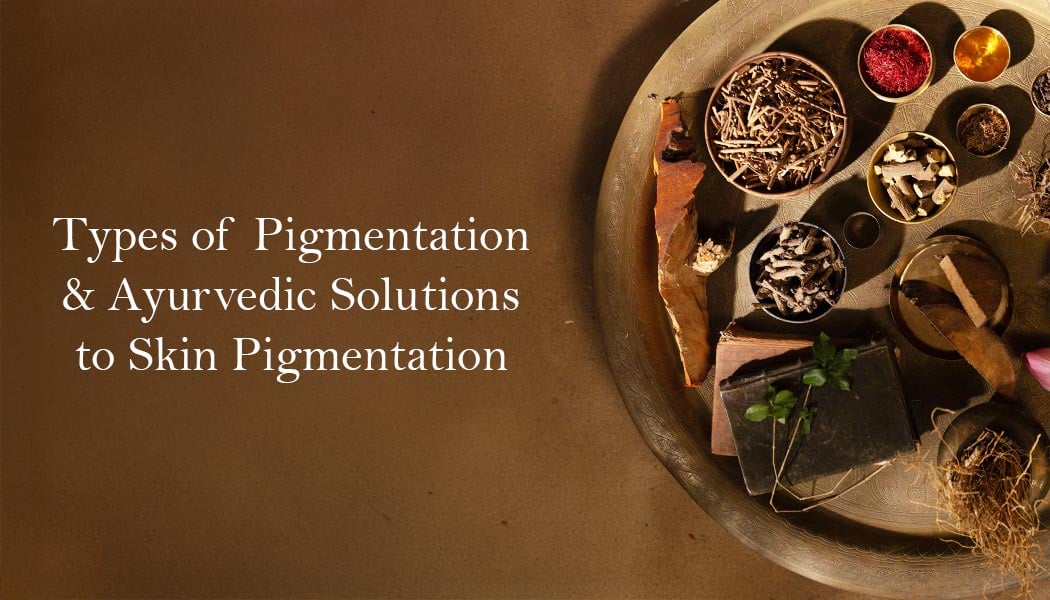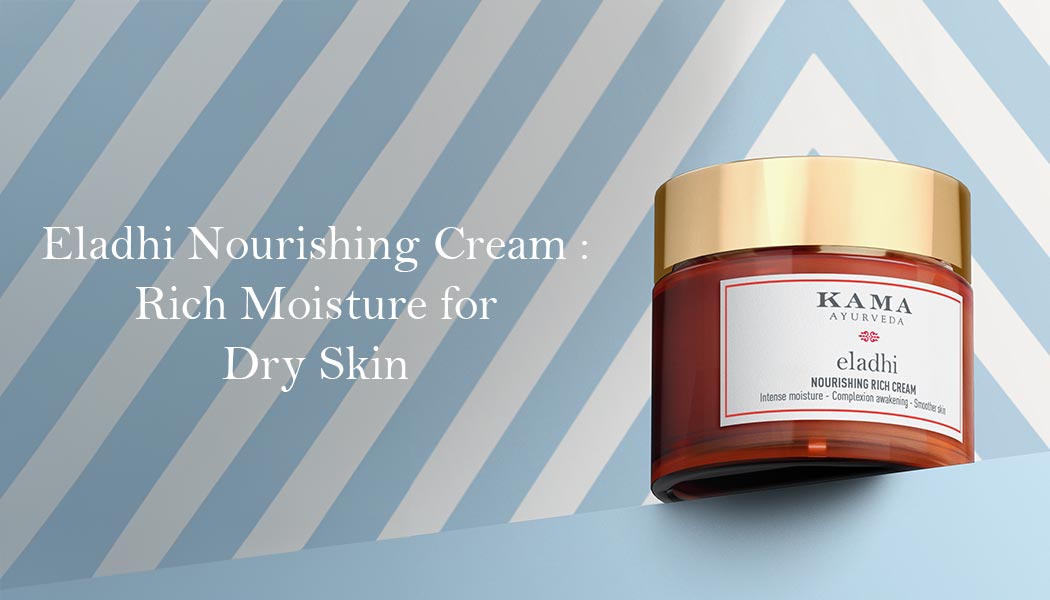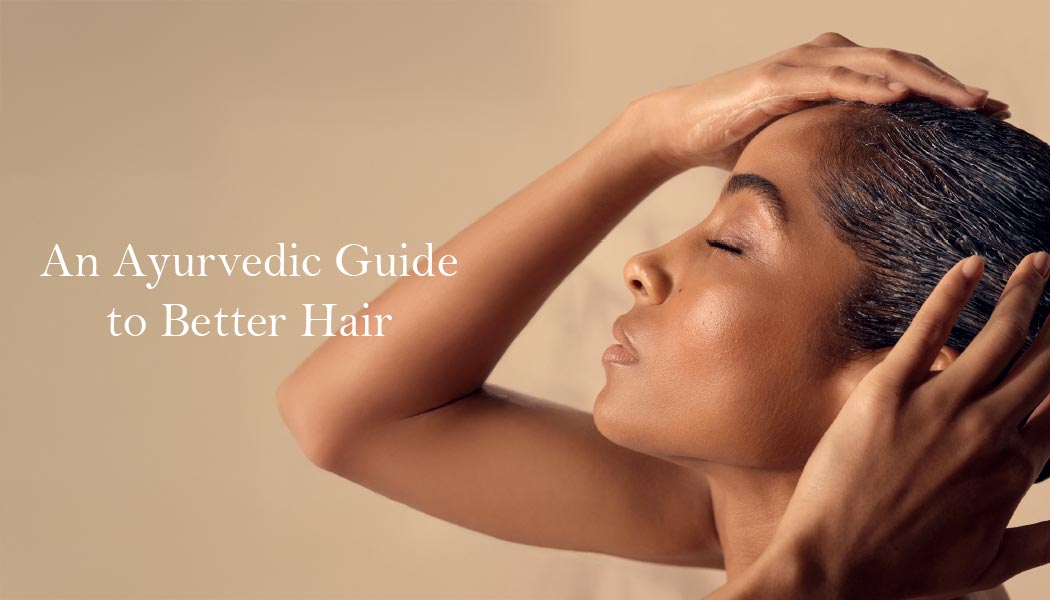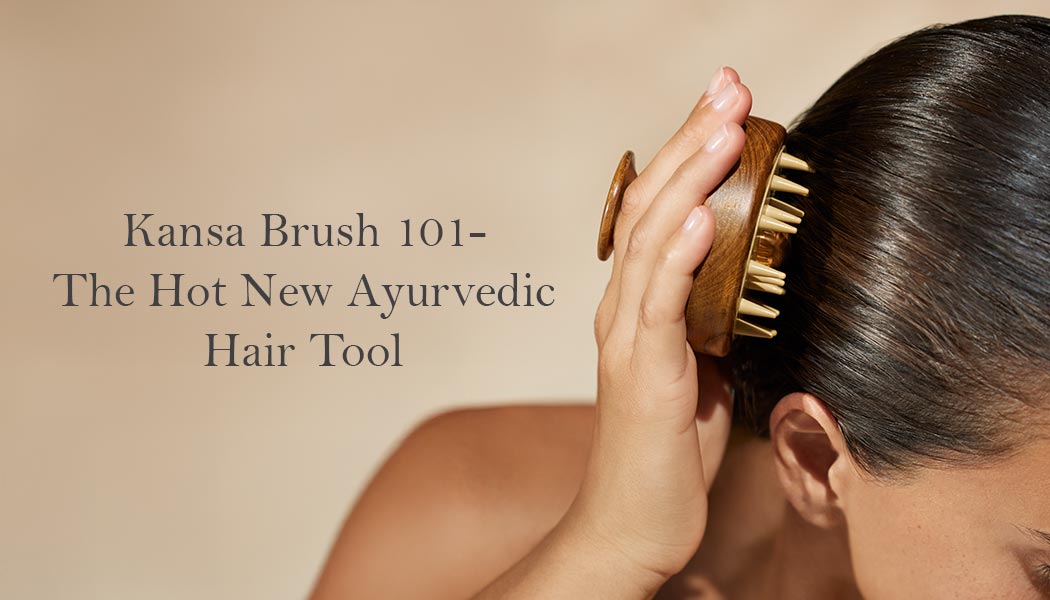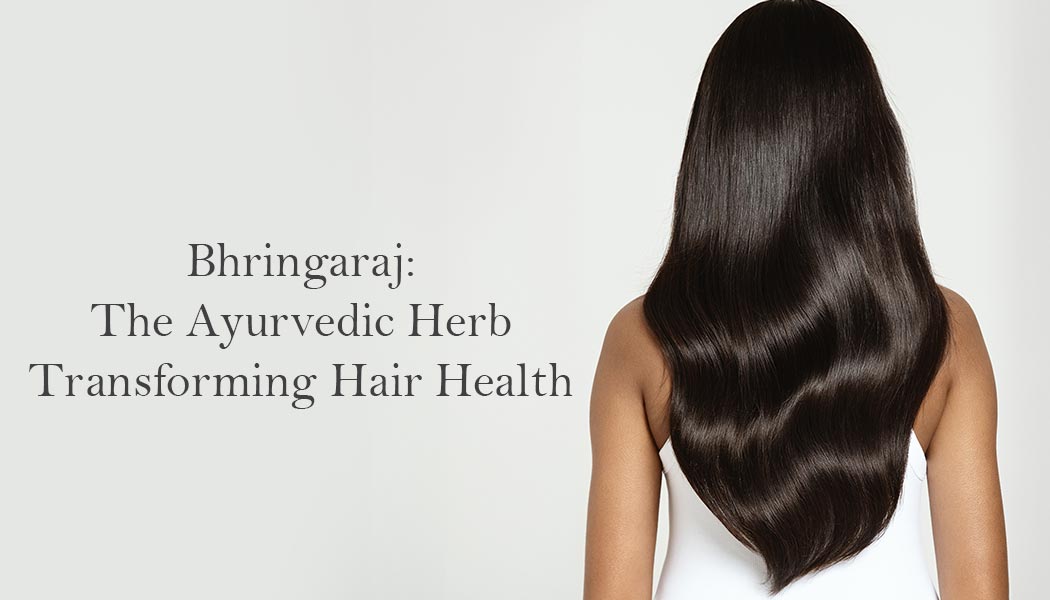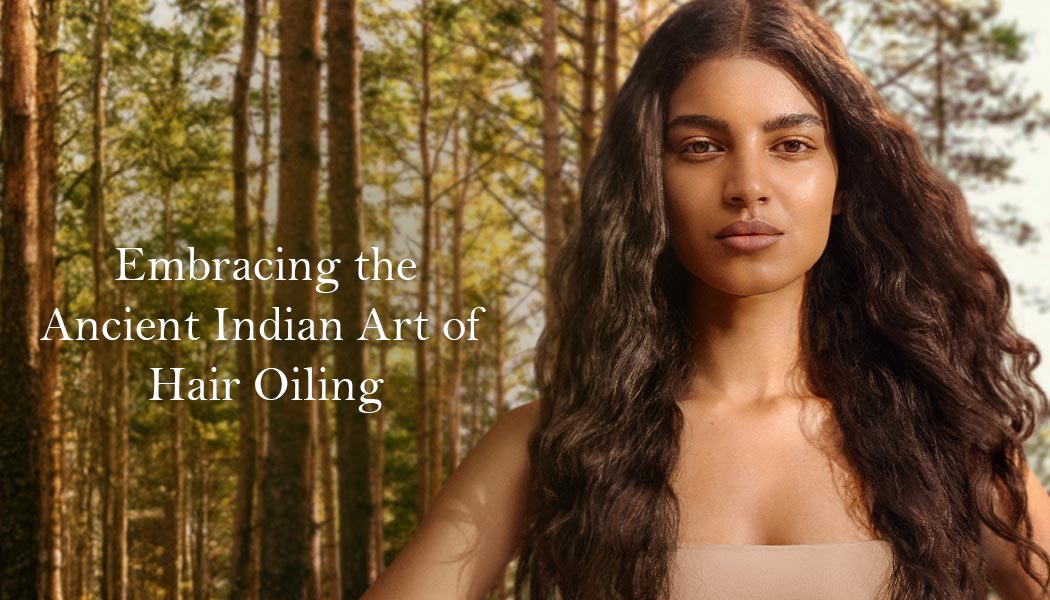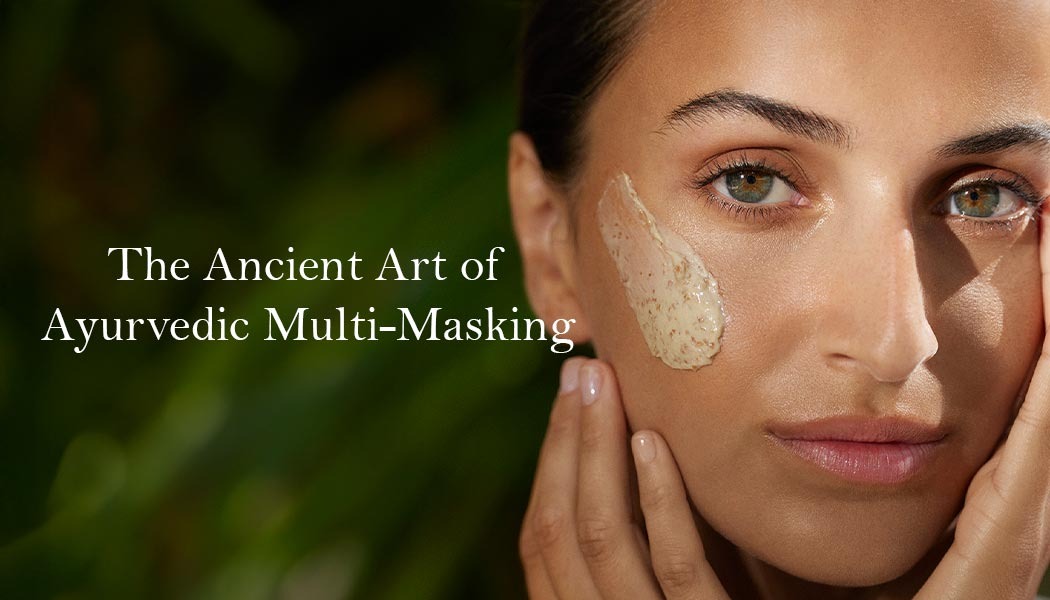- 10 May 2023
- 10 mins read
Hair problems can be a source of frustration for many people, impacting both their physical appearance and self-esteem. From dandruff and hair loss to split ends and frizz, there are a variety of issues that can affect the health and appearance of your hair.
Identifying the symptoms, causes, and treatments of these common hair problems is essential for maintaining strong, healthy hair. In this guide, we'll explore the top hair problems, their causes, and effective ways to treat them.
1. Dandruff
Symptoms -
Picture this: white or grayish flakes on your hair, clothes, and shoulders, coupled with an itchy and inflamed scalp. Yikes! You might even notice small, itchy bumps. To make things worse, the flakes can become more visible if you brush or scratch your scalp.
Dandruff can range from mild to severe and can come and go, or stick around like an unwelcome guest. In some cases, it can even lead to hair loss or thinning.
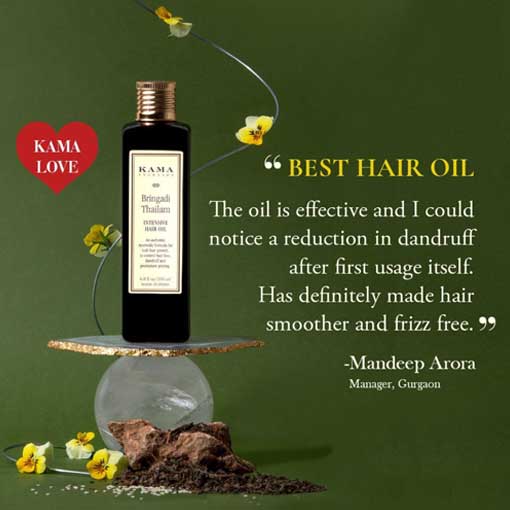
Causes -
There are several factors that can contribute to dandruff, some of which might surprise you! One of the main culprits is a yeast-like fungus called Malassezia that lives on our scalps. When it grows out of control, it can cause excess skin cell turnover and flaking.
Another common cause is not washing your hair enough or using harsh hair products that can irritate the scalp. Stress, diet, and hormonal changes can also play a role. Surprisingly, cold and dry weather can also make dandruff worse, as can excessively hot showers or using hot styling tools. Some medical conditions like psoriasis, eczema, or Parkinson's disease can also lead to dandruff.
How to treat it -
- Wash your hair regularly with a gentle shampoo to remove excess oil and flakes.
- Use natural remedies like tea tree oil, which has antifungal properties, or apple cider vinegar, which can help balance the pH of your scalp.
- Lifestyle changes like reducing stress, eating a healthy diet, and avoiding harsh hair products or styling tools
- Hair oiling with treatment oils that prevent dandruff like Bringadi Intensive Hair Treatment.
Read - Best Home Remedies To Get Rid Of Dandruff Naturally
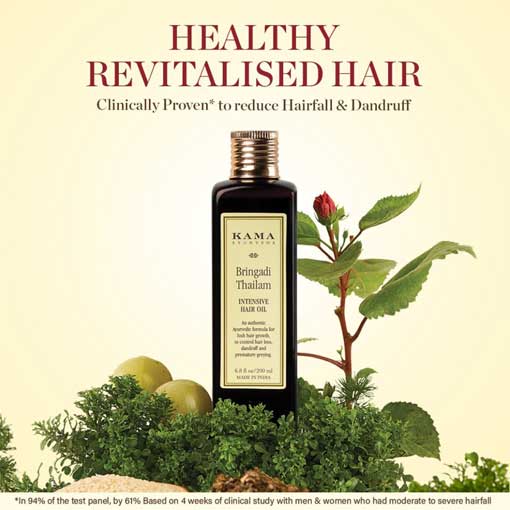
2. Hair Loss
Symptoms -
Some of the most common symptoms of hair loss include a noticeable thinning of the hair on the scalp, a receding hairline, or bald patches on the scalp. You might also notice a significant increase in the amount of hair you're shedding during shampooing, brushing, or combing.
Causes -
One of the most common causes of hair loss is genetics. If you have a family history of hair loss, you might be more likely to experience it yourself. Other common causes include hormonal changes, such as those that occur during pregnancy or menopause, or medical conditions like thyroid disorders or autoimmune diseases. Certain medications, including chemotherapy drugs, can also cause hair loss.
How to treat it -
- Topical treatments like minoxidil or corticosteroid creams to stimulate hair growth.
- Oral medications such as finasteride or spironolactone to regulate hormonal imbalances.
- Hair transplant surgery or scalp micropigmentation.
Read - How Much Hair Loss Is Normal? – Expert Advice
3. Split Ends
Symptoms -
The most obvious symptom of split ends is the presence of split or frayed hair strands at the ends of your hair. You might notice that the tips of your hair look frizzy, rough, or uneven. Your hair might also feel dry, brittle, or more prone to breakage.
Causes -
Split ends are often caused by frequent heat styling, chemical treatments, over-washing, exposure to environmental factors, and genetics. These factors can weaken the hair cuticle, leading to frayed and split hair strands.
Treatment -
- The only way to truly get rid of split ends is to cut them off.
- To prevent split ends from occurring, keep your hair moisturized and nourished by using a gentle shampoo and conditioner that's formulated for your hair type.
- Incorporate regular deep conditioning treatments or hair masks into your routine to keep your hair healthy and strong.
- Avoid over-brushing or brushing your hair when it's wet, as wet hair is more prone to damage.
Read - How To Stop Hair Breakage Naturally? – 20 Tips & Remedies
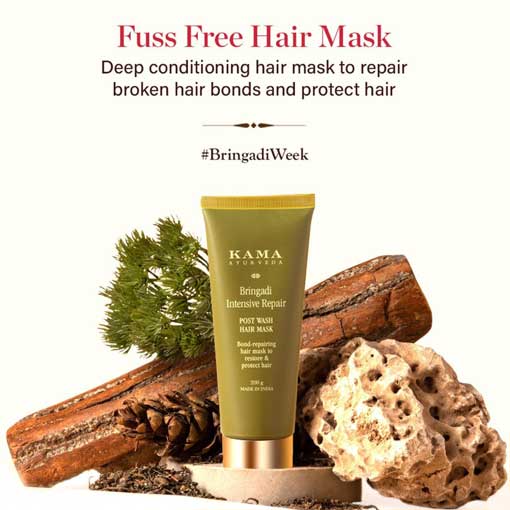
Symptoms -
Frizzy hair has an overall lack of smoothness and sleekness. Instead, they tend to be fluffy, dry, and flyaway, with hair strands that seem to have a mind of their own. Frizzy hair can also feel rough and brittle to the touch, making it difficult to style or manage.
Causes -
One of the most common causes of frizz is dryness, which can be the result of a lack of moisture in the hair or from environmental factors like humidity or harsh weather conditions. Frizz can also be caused by damage to the hair, such as from chemical treatments, heat styling, or over-brushing.
Treatment -
- Use a gentle, sulfate-free shampoo and conditioner that's formulated for your hair type to help keep your hair moisturized and nourished.
- Incorporate a weekly deep conditioning treatment or hair mask to help provide extra hydration and nourishment to your hair.
- Consider using hair oils or serums that are designed to smooth and tame frizz.
- Avoid heat styling tools and chemical hair treatments.
Read - How to Get Rid of Frizzy Hair: 9 Best Tips to Tame Frizz
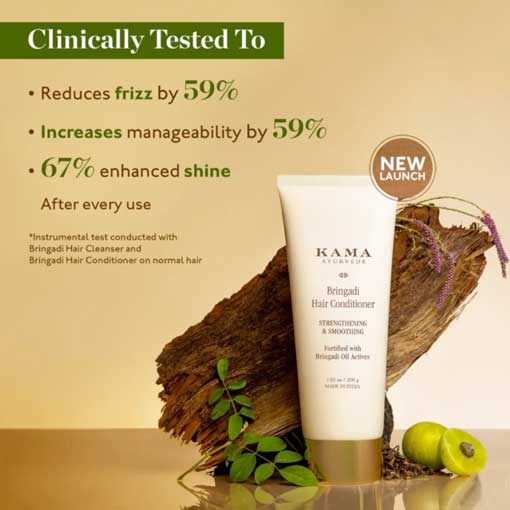
5. Oily Hair
Symptoms -
Oily hair is a greasy or oily appearance, which can make your hair look weighed down and flat. Another symptom of oily hair is a tendency for your hair to clump together or stick to your scalp, making it more difficult to style or manage.
Causes -
The primary cause of oily hair is an overproduction of sebum, which is a natural oil that helps to moisturize and protect your hair and scalp. However, when your body produces too much sebum, it can lead to an oily buildup on your scalp and hair.
Treatment -
- Avoid using heavy conditioners or greasy hair products, and opt for lighter formulas that won't weigh down your hair.
- Don't over-brush your hair, as this can stimulate your scalp and lead to more oil production.
- Wash your hair regularly (not more than thrice a week) with a gentle shampoo to help remove excess oil and buildup.
- Manage stress levels, as stress can contribute to hormonal changes that can lead to oily hair.

6. Dry Hair
Symptoms -
Dry hair is characterized by a variety of symptoms that can make your hair look dull and lifeless. Dry hair can feel rough and brittle to the touch, with split ends and tangles that are difficult to manage.
Causes -
Your hair needs a variety of nutrients to stay healthy, including vitamins, minerals, and proteins. A deficiency in any of these can lead to dryness and damage. Shampooing your hair too frequently can also strip away the natural oils that keep your hair hydrated and healthy.
Treatment -
- Once a week, use a deep conditioning treatment like hair mask or hair oil to help repair and hydrate your hair.
- Wear a hat or scarf when out in the sun, wind, or cold to help protect your hair from environmental damage.
- Use a moisturizing shampoo and conditioner and look for products that are specifically designed to hydrate and nourish dry hair.
- Understand how often you should wash hair and avoid overwashing.
Read - Dandruff Vs Dry Scalp – What’s The Difference?

7. Premature Graying
Symptoms -
Premature graying refers to when hair starts to turn gray before the age of 35. The most noticeable symptom is, of course, the graying of hair. As hair turns gray, it can also start to thin out, making it more difficult to style.
Causes -
Premature graying of hair can be caused by a number of factors, both genetic and environmental. Some of the top causes include:
- Genetics: The most common cause of premature graying is genetics. If your parents or grandparents started to go gray at an early age, it's more likely that you will too.
- Stress: Chronic stress can cause a number of health problems, including premature graying of hair. Stress can cause a decrease in melanin production, which is responsible for hair color.
- Nutritional deficiencies: A lack of certain vitamins and minerals, such as vitamin B12 and iron, can lead to premature graying.
- Smoking: Smoking can cause premature aging in many parts of the body, including the hair. It can also lead to a decrease in melanin production.
- Medical conditions: Certain medical conditions, such as thyroid disorders and vitiligo, can cause premature graying of hair.
Treatment -
- Natural Hair dyes: This is the most common and easiest way to cover up gray hair. There are a variety of hair dyes available in the market that can help to conceal gray hair and give you a more youthful appearance.
- Vitamins and supplements: Certain vitamins and minerals, such as B12, iron, and biotin, are essential for healthy hair growth and pigmentation. Taking supplements containing these nutrients can help to slow down the graying process.
- Lifestyle changes: Leading a healthy lifestyle can also help to prevent premature graying of hair. Regular exercise, a balanced diet, and stress reduction techniques such as yoga and meditation can all promote healthy hair growth and delay graying.
Read - Home Remedies For Grey Hair – 10+ Ayurvedic Methods
8. Heat Damaged Hair
Symptoms -
The symptoms of heat damaged hair include dryness, brittleness, split ends, frizziness, and lack of shine. Over time, heat damaged hair may also experience thinning and breakage, which can lead to significant hair loss.
Causes -
The following factors can contribute to heat damaged hair:
- Overuse of styling tools: Excessive use of hair styling tools that rely on heat can damage hair strands by breaking down the proteins in them.
- High temperatures: Heat styling tools such as blow dryers, flat irons, and curling irons generate high temperatures that can damage hair if used excessively or at high temperatures.
- Improper technique: Incorrect use of heat styling tools or using them on wet hair can cause damage.
- Chemical treatments: Chemical treatments such as coloring or relaxing can weaken hair and make it more susceptible to heat damage.
Treatment -
- Use a protein treatment: Protein treatments can help repair and strengthen hair by replacing the proteins that have been broken down due to heat damage.
- Moisturize: Using deep conditioning treatments or hair masks can help restore moisture to heat-damaged hair.
- Avoid heat styling: Give your hair a break from heat styling tools to allow it to recover and heal. If you must use heat styling tools, use them at a lower temperature and always use a heat protectant spray.
Read - How To Repair Damaged Hair Naturally Without A Salon Visit
9. Colour Damaged Hair
Symptoms -
Chemical hair color damaged hair can show several symptoms, such as: dry and brittle hair, split ends, hair breakage, dull and lifeless hair, fading or discoloration of hair, and scalp irritation or itching.
Causes -
The primary cause of chemical hair color damage is the harsh chemicals present in hair dyes, such as ammonia and peroxide. These chemicals penetrate the hair cuticle to change the hair's natural pigment, which can weaken the hair's structure and cause damage. Overuse of chemical hair colors or using them incorrectly can also lead to severe damage to the hair.
Treatment -
- Use a gentle chemical-free shampoo and conditioner specifically designed for damaged hair.
- Avoid using heated styling tools and let your hair air dry.
- Incorporate a weekly deep conditioning treatment or hair oiling into your hair care routine.
- Trim your hair regularly to remove split ends and prevent further damage.
- Use hair masks and oils to moisturize and nourish your hair.
- Consider using hair products with natural ingredients and without harsh chemicals.
Read - 6 Best Sulphate and Paraben Free Shampoos in 2023
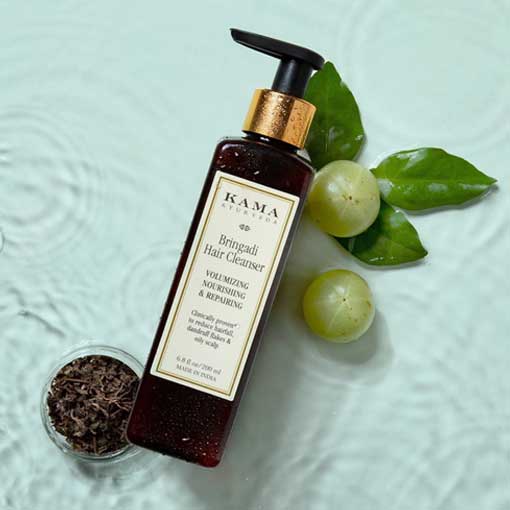
10. Lice infestation
Symptoms -
Itching, redness, and small white or brown insects in hair
Causes -
Contact with infected individuals, sharing hair brushes or combs, and poor hygiene
Treatment -
Using lice-killing shampoos containing pyrethrin or permethrin, using a fine-toothed comb to remove lice and nits, and washing all bedding and clothing in hot water.
How To Prevent Hair Problems?
Preventing hair problems is the key to maintaining healthy hair. Here are some ways to do that -
- Practice good nutrition: Eating a balanced and nutritious diet is essential for healthy hair growth. Make sure you are getting enough protein, vitamins (especially vitamin D), and minerals (such as iron, zinc, and magnesium) to promote healthy hair growth.
- Avoid over-washing: Over-washing your hair can strip it of its natural oils, leading to dryness and breakage. Try to limit washing to every other day or every two days and use a gentle, sulfate-free shampoo.
- Be gentle when brushing and styling: Vigorous brushing, tight hairstyles, and heat styling tools can all cause hair breakage and damage. Use a wide-toothed comb or brush to gently detangle hair when wet and avoid pulling or tugging when styling.
- Protect hair from environmental damage: Sun exposure, pollution, and harsh weather can all damage hair. Use a protective spray or wear a hat to shield your hair from the sun, and avoid exposing your hair to harsh weather conditions.
- Manage stress: Chronic stress can lead to hair loss and damage. Practice stress management techniques such as meditation, yoga, or exercise to reduce stress levels and promote healthy hair growth.
- Get regular trims: Regular trims help to prevent split ends and breakage, promoting healthy hair growth. Aim to get a trim every 6-8 weeks.
- Avoid harsh chemicals: Harsh chemicals such as bleach, peroxide, and sulfates can all damage hair. Try to avoid using these products, or limit their use to once in a while.
By following these tips, you can help prevent hair problems and promote healthy hair growth.

Certified Ayurvedic Doctor (Central Council of Indian Medicine) working in Kama Ayurveda as an Assistant Training Manager.

